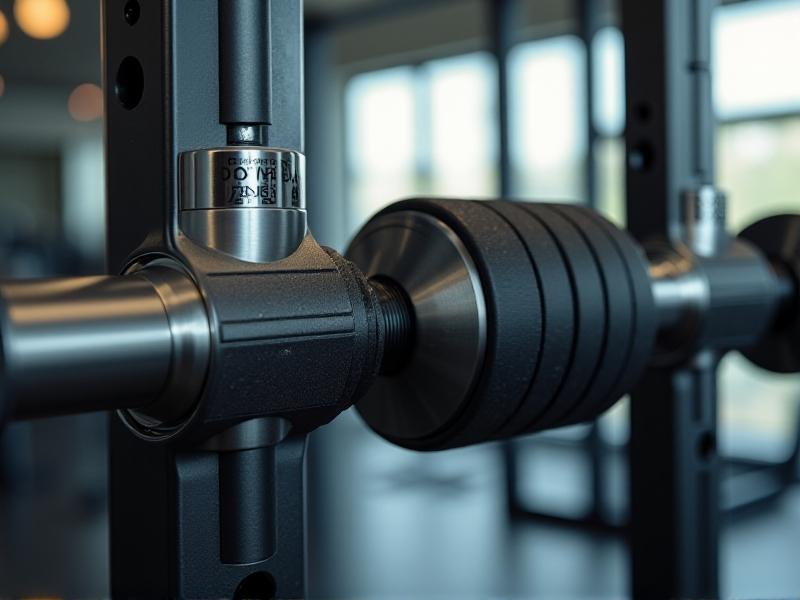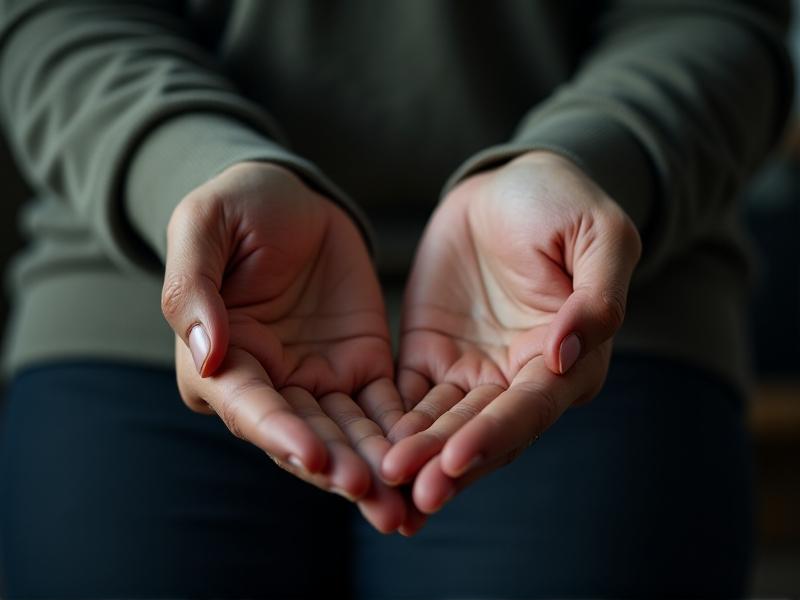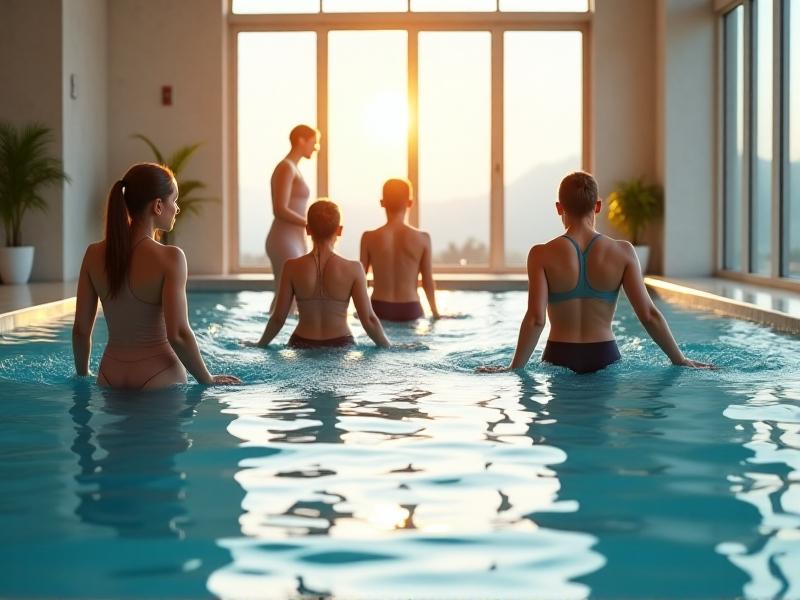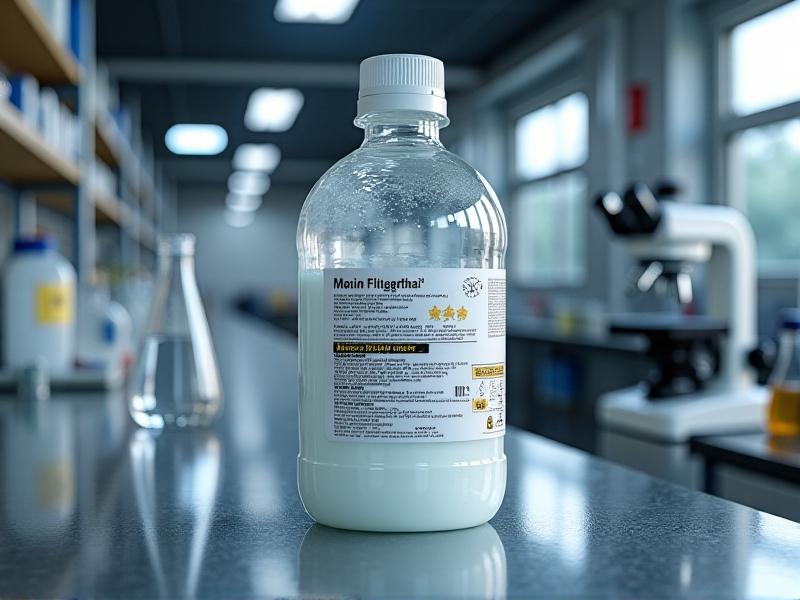Hydrotherapy Fall Risk Reduction Metrics
Understanding Hydrotherapy and Its Benefits
Hydrotherapy, also known as aquatic therapy, is a therapeutic approach that utilizes water to promote physical and mental well-being. The buoyancy, resistance, and warmth of water create an ideal environment for rehabilitation, especially for individuals with mobility issues or chronic pain. Hydrotherapy is often recommended for those recovering from surgery, managing arthritis, or dealing with neurological conditions.
One of the key benefits of hydrotherapy is its ability to reduce the risk of falls. Water provides a supportive medium that minimizes the impact on joints and muscles, allowing individuals to perform exercises they might struggle with on land. This makes hydrotherapy particularly effective for older adults, who are at a higher risk of falls and related injuries.
Moreover, hydrotherapy can improve balance, strength, and coordination, all of which are critical factors in fall prevention. The gentle resistance of water helps build muscle without putting undue strain on the body, while the buoyancy reduces the fear of falling, encouraging patients to engage more confidently in their exercises.
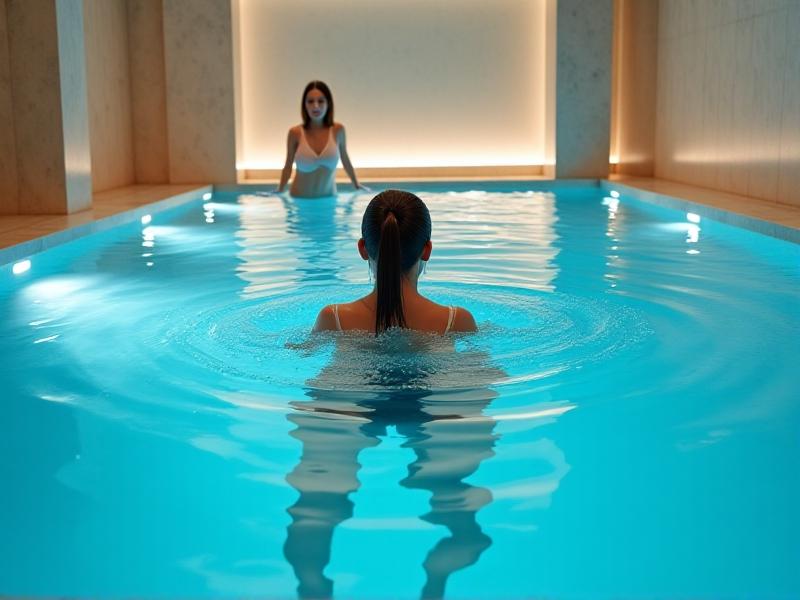
The Link Between Hydrotherapy and Fall Risk Reduction
Falls are a significant concern, particularly for older adults, as they can lead to severe injuries, loss of independence, and even mortality. Research has shown that hydrotherapy can play a pivotal role in reducing fall risk by addressing the physical and psychological factors that contribute to falls.
From a physical standpoint, hydrotherapy enhances muscle strength, flexibility, and proprioception—the body's ability to sense its position in space. These improvements are crucial for maintaining stability and preventing falls. Additionally, the water's resistance helps improve cardiovascular health, which indirectly supports overall physical resilience.
Psychologically, hydrotherapy can reduce the fear of falling, which is a common barrier to physical activity among older adults. The supportive nature of water allows individuals to practice balance and coordination exercises in a safe environment, building their confidence and reducing anxiety about potential falls.
Studies have demonstrated that regular hydrotherapy sessions can lead to measurable improvements in fall risk metrics, such as gait speed, balance scores, and muscle strength. These findings underscore the importance of incorporating hydrotherapy into fall prevention programs.
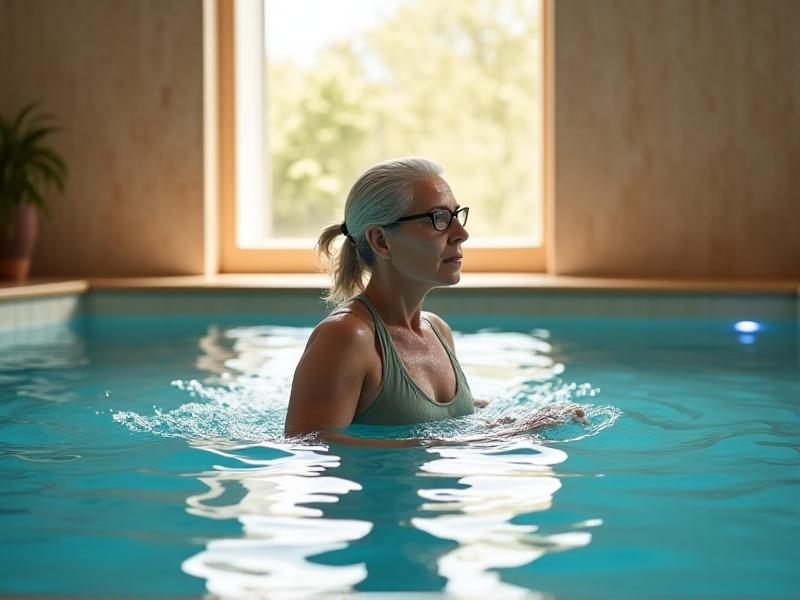
Key Metrics for Measuring Fall Risk Reduction
To evaluate the effectiveness of hydrotherapy in reducing fall risk, it is essential to track specific metrics. These metrics provide objective data that can help therapists and healthcare providers assess progress and tailor interventions to individual needs.
One of the most commonly used metrics is the Berg Balance Scale (BBS), which assesses a person's ability to perform various balance-related tasks. Improvements in BBS scores indicate enhanced stability and reduced fall risk. Another important metric is gait speed, which measures how quickly a person can walk a set distance. Faster gait speeds are associated with better mobility and lower fall risk.
Muscle strength, particularly in the lower body, is another critical factor. Tools like dynamometers can measure strength, while functional tests, such as the Timed Up and Go (TUG) test, assess a person's ability to rise from a chair, walk a short distance, and return. These tests provide valuable insights into a patient's physical capabilities and fall risk.
In addition to physical metrics, psychological factors like fear of falling should also be evaluated. Surveys and questionnaires can help quantify this fear and track changes over time. By monitoring these metrics, healthcare providers can develop targeted hydrotherapy programs that address both the physical and emotional aspects of fall prevention.

Designing Effective Hydrotherapy Programs for Fall Prevention
Creating a successful hydrotherapy program for fall prevention requires careful planning and consideration of individual needs. The program should be tailored to the patient's physical abilities, medical history, and fall risk factors. A thorough assessment by a qualified therapist is essential to establish baseline metrics and set realistic goals.
The exercises included in the program should focus on improving balance, strength, and coordination. Examples include water walking, leg lifts, and resistance training using aquatic equipment like noodles or weights. These exercises should be progressively challenging to ensure continued improvement.
It is also important to incorporate psychological support into the program. Therapists should encourage patients to express their fears and concerns about falling and provide reassurance and guidance throughout the process. Building a trusting relationship between the therapist and patient can enhance the program's effectiveness.
Regular monitoring of key metrics is crucial to track progress and make necessary adjustments to the program. Patients should be encouraged to maintain a consistent schedule of hydrotherapy sessions to maximize the benefits. Additionally, combining hydrotherapy with other fall prevention strategies, such as home safety modifications and strength training on land, can further reduce fall risk.
The Role of Technology in Enhancing Hydrotherapy Outcomes
Advancements in technology have opened new possibilities for enhancing the effectiveness of hydrotherapy in fall risk reduction. Wearable devices, for example, can track metrics like heart rate, movement patterns, and balance in real time, providing valuable data for therapists and patients alike.
Aquatic treadmills and resistance jets are another technological innovation that can elevate hydrotherapy programs. These tools allow for more precise control of exercise intensity, enabling therapists to create highly customized workouts that target specific fall risk factors.
Virtual reality (VR) is also emerging as a promising tool in hydrotherapy. VR systems can simulate real-world environments, allowing patients to practice balance and coordination exercises in a controlled, immersive setting. This can help reduce the fear of falling and improve engagement in therapy sessions.
Data analytics and software platforms can streamline the process of tracking and analyzing fall risk metrics. These tools enable therapists to monitor progress over time, identify trends, and make data-driven decisions to optimize treatment plans. By integrating technology into hydrotherapy programs, healthcare providers can enhance outcomes and improve the overall patient experience.
Case Studies: Real-World Success Stories
Real-world examples illustrate the transformative impact of hydrotherapy on fall risk reduction. One such case involves a 72-year-old woman with a history of falls due to osteoarthritis. After participating in a 12-week hydrotherapy program, she experienced significant improvements in her balance, strength, and confidence. Her Berg Balance Scale score increased by 15 points, and she reported a marked reduction in her fear of falling.
Another case study highlights the benefits of hydrotherapy for a 65-year-old man recovering from a stroke. The program focused on improving his gait and coordination, and after six months, he was able to walk independently without assistive devices. His Timed Up and Go test time decreased by 30%, reflecting his enhanced mobility and reduced fall risk.
These success stories underscore the potential of hydrotherapy to make a meaningful difference in the lives of individuals at risk of falls. By addressing both the physical and psychological aspects of fall prevention, hydrotherapy offers a holistic approach that can lead to lasting improvements in quality of life.
Challenges and Considerations in Hydrotherapy for Fall Prevention
While hydrotherapy offers numerous benefits for fall risk reduction, there are challenges and considerations that must be addressed to ensure its effectiveness. Accessibility is a primary concern, as not all individuals have access to hydrotherapy facilities. This is particularly true in rural or underserved areas, where pools and trained therapists may be limited.
Cost is another barrier, as hydrotherapy sessions can be expensive, especially for those without insurance coverage. Healthcare providers and policymakers must work together to make hydrotherapy more affordable and accessible to those who need it most.
Patient adherence is also a critical factor. Some individuals may be hesitant to participate in hydrotherapy due to fear of water or lack of motivation. Therapists must provide adequate education and support to address these concerns and encourage consistent participation.
Finally, it is important to recognize that hydrotherapy is not a one-size-fits-all solution. Each patient’s needs and abilities are unique, and programs must be customized accordingly. Regular assessments and adjustments are essential to ensure that the therapy remains effective and safe.
Future Directions in Hydrotherapy and Fall Risk Reduction
The field of hydrotherapy continues to evolve, with ongoing research and innovation paving the way for new approaches to fall risk reduction. One promising area of study is the integration of mindfulness and relaxation techniques into hydrotherapy programs. These practices can help reduce stress and anxiety, further enhancing the psychological benefits of the therapy.
Another exciting development is the use of artificial intelligence (AI) to personalize hydrotherapy programs. AI algorithms can analyze patient data to identify patterns and predict outcomes, enabling therapists to create highly targeted interventions. This approach has the potential to maximize the effectiveness of hydrotherapy and improve patient outcomes.
Community-based hydrotherapy programs are also gaining traction, offering group sessions that foster social connections and support. These programs can be particularly beneficial for older adults, who often face isolation and loneliness. By combining physical therapy with social interaction, community-based hydrotherapy can address both the physical and emotional aspects of fall prevention.
As the field continues to advance, it is essential to prioritize research and collaboration among healthcare providers, researchers, and policymakers. By working together, we can unlock the full potential of hydrotherapy and make a meaningful impact on fall risk reduction.
